江戸小紋1
よろけ縞文様
遠目には無地に 見えますが、全体に細かい模様が描かれています。
着てしまうと見えない場所に、製作者名(飯島輝也)が織り込まれています。
Edo-Komon#1-YOROKEJIMA
pattern
Although
it looks plain at glance, this edo-komon actually
has a refined pattern on it.
Also, there is a
stitch of the maker's name 'Teruya Iijima' at a
hidden place
where you can not
see once it is worn.
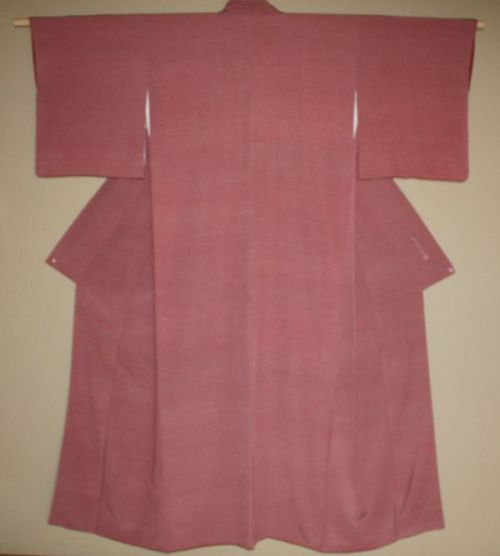
帯
(Obi)


柄(よろけ縞)と製作者名
YOROKEJIMA(staggered
pattern)
and stitched name
(Teruya Iijima)
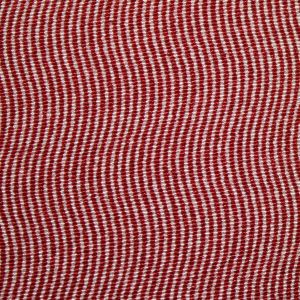
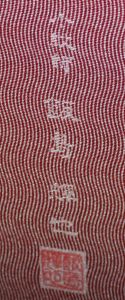
江戸小紋2
江
戸小紋に用いられる柄が10種ほど不規則に描かれています。
正装には使えませんけれど、この遊び心が好ましくて愛用しています。
Edo-komon
#2
There are about 10
common patterns irregularly placed on it.
Although this is not so formal, I like this Kimono
because of the sense of fun.
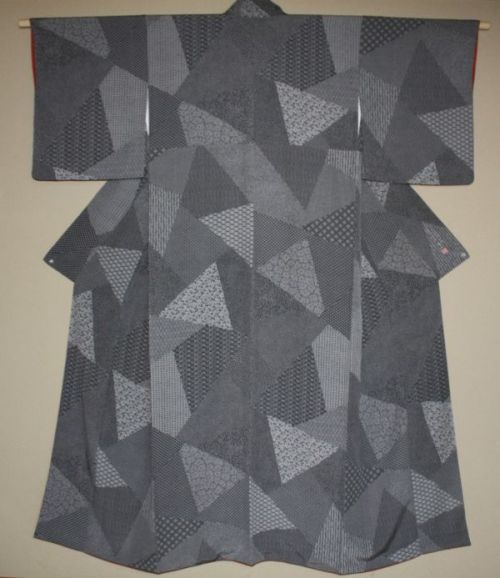
帯
(Obi)

柄 (Patterns)
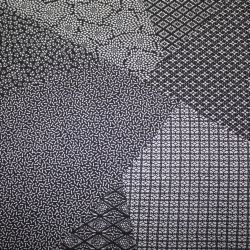
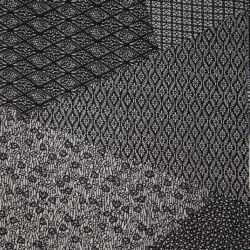
製作者印
Maker's Seal
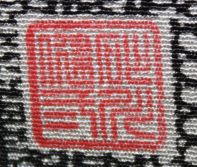
江戸小紋
3
鮫小紋
これが鮫小紋と云われるもので、母の愛用の品です。
やはり遠くからは無地に見えますが、細かい鮫の鱗が描かれています。
製作者は、伝統工芸士砂川健一です。
Edo-Komon #3 - SAME
(Shark) Komon
This one is called
'SAME-komon' my mother loves.
Why it is named so is because it has a pattern
which consists of thousands of shark scale
like tiny dots.
The maker is a
traditional craft master, Kenichi Sunagawa.
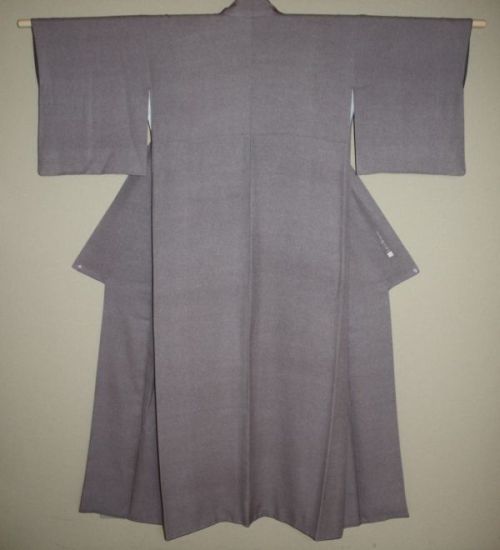
帯
(Obi)

鮫小紋柄と製作者名
SAME Komon (shark
scale) Pattern
and stitched name
(kenichi Sunagawa).
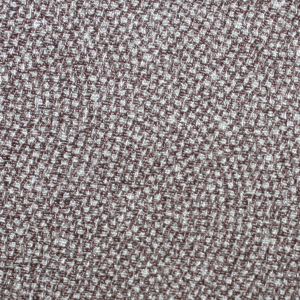

江戸小紋着物
4
鮫小紋訪問着
鮫
小紋の濃淡で模様を描き出した訪問着です。
非常に高い技巧を用いた、文化的価値の高い工芸作品だそうです。
母が正装用に愛用しています。
Edo-Komon #4
SAME-Komon for
visiting Kimono
There
are two gray tones, dense and light tones are
used to show some beautiful contrasts.
This one is
considered a very valuable heritage
and extremely high skill is needed to create it.
My mother still wears
it as a formal Komon
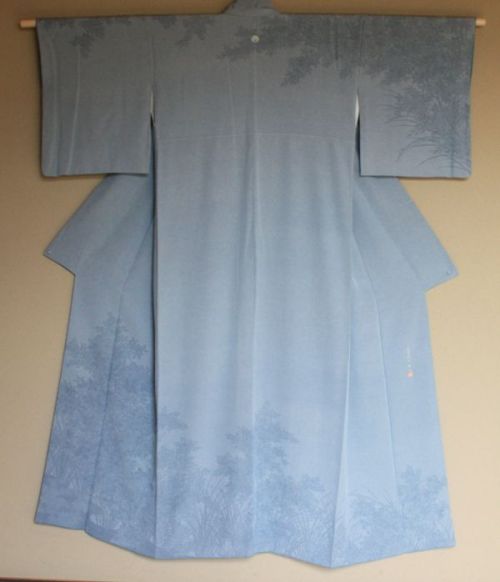
帯
(Obi)

柄と製作者
SAME Pattern and
stitched name (kenichi Sunagawa).
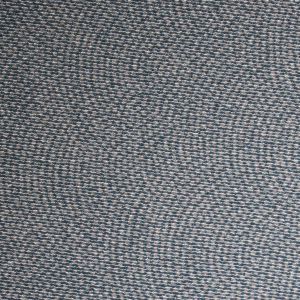

家
紋
Family
Emblem
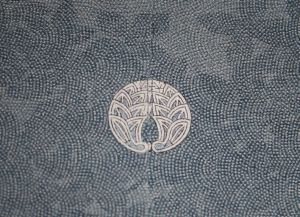
鮫の鱗を濃淡で色分けして模様を描き出して
います。
Shark scale like dots,
both dense and light gray make a pattern of
flowers.
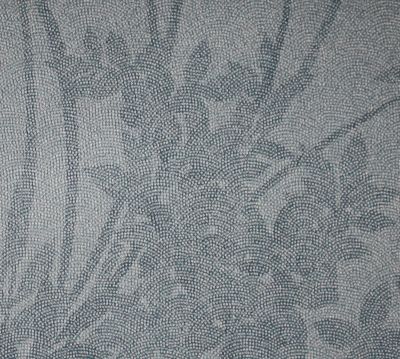
更にもう3種類江戸小紋の見本を挙げておきま
す。
いずれも母の愛用の品です。
I will show you three more defferent kinds of
Edo-Komon patterns
which are all my mother's favorite things.
①宝尽くし文様
TAKARADUKUSHI
(Various Treasures Pattern)
Left:TAKARADUKUSHI Pattern, Right:Lining
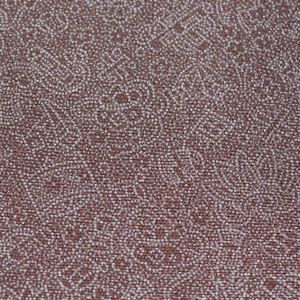
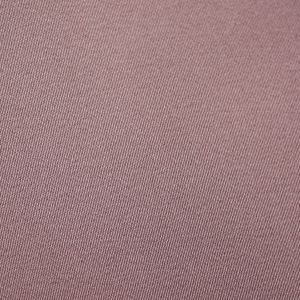
②南天文様
NANTEN (Sacred
Bamboo Pattern)
Left:NANTEN
Pattern, Right:Lining
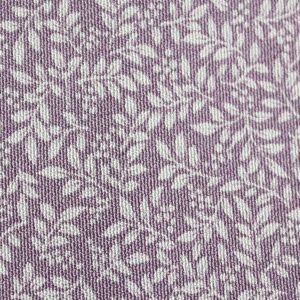
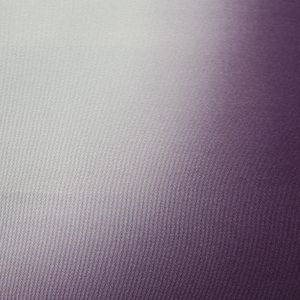
③万筋文様
MANSUJI (Vertical
Stripe Pattern)
Left:MANSUJI Pattern,
Right:Lining
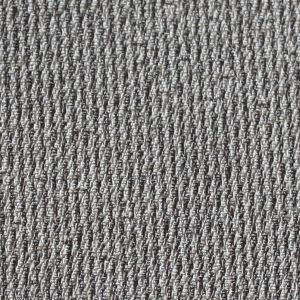
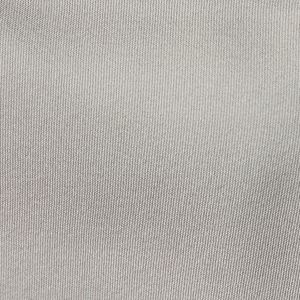
*
帯は無地着物、小紋着物に用いる帯を目的、用途、色合わせなどを考えながら
組み合わせます。格式が高いとされるものですから、あまりくだけた帯は〆めないようです。
*
For Obi, it would be chosen from the same types for
Muji-kimono and Komon-kimono,
considering occasion, situation and color
combination.
Since
Edo-Komon is considered highly formal, casual type
would not be chosen.
Kimono&Obi

























